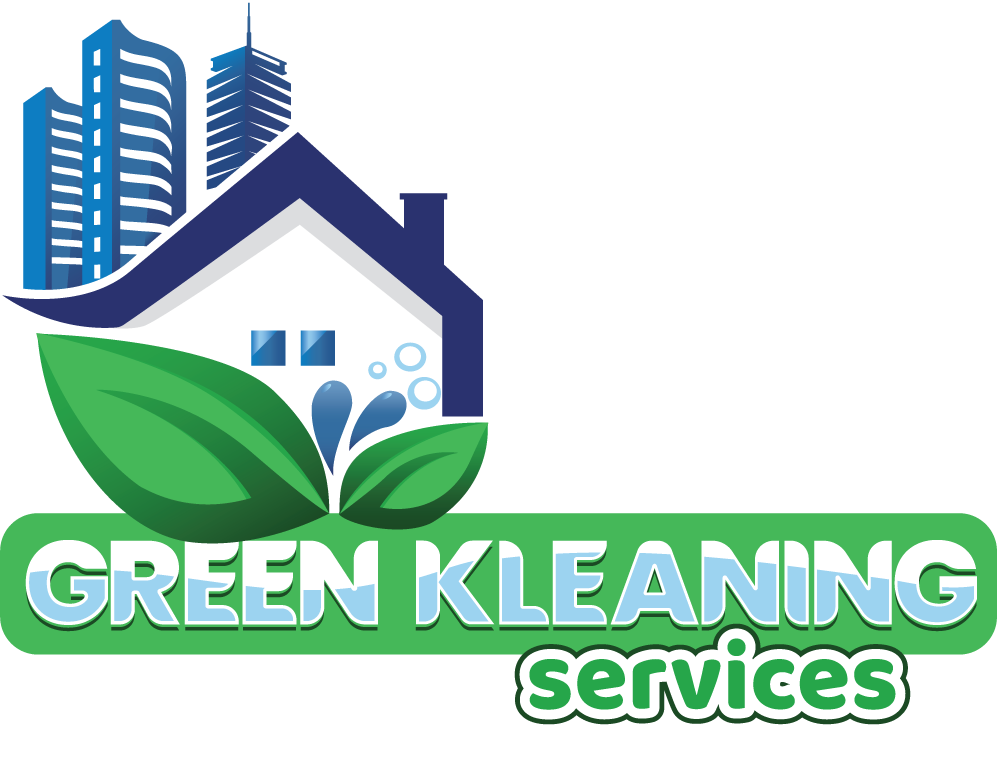Factors Influencing The Frequency of Restroom Cleaning
The simple answer to how often restrooms should be cleaned is daily. This ensures a hygienic environment free from bacteria and germs that commonly proliferate in such spaces.
High-touch areas like door handles, flush mechanisms, and faucets require attention to prevent the spread of illness.
Several factors come into play when determining the cleaning schedule for workplace toilets. These include:
How Many Employees Are Present In The Building Throughout The Day
The number of employees utilizing the restroom facilities directly impacts how often these areas need to be cleaned. In office environments or buildings with high employee counts, restrooms can quickly become unsanitary due to increased foot traffic.
This necessitates more frequent cleaning to maintain standards of hygiene and to ensure the health and safety of all staff members. Conversely, a smaller office may require less frequent restroom maintenance, though daily cleaning is still recommended to address any potential hygiene issues.
Business Type Office
Different business types experience varying levels of restroom usage, significantly affecting the required cleaning frequency.
High-traffic environments such as retail stores, restaurants, or any business with a high volume of customer interaction see a much greater use of restroom facilities. This can lead to a quicker accumulation of dirt, waste, and potentially harmful microorganisms.
An engineering company, manufacturing plant, and similar type businesses with less public interaction may not require as frequent restroom cleanings but still must adhere to strict cleaning protocols to ensure employee health and safety.
Staff Members' Cleaning Responsibilities
Determining the cleaning responsibilities of your staff is essential. While employees can manage tasks such as restocking supplies like toilet paper, paper towels, and hand soap, the expertise of professional cleaning services is indispensable for thorough disinfecting and maintenance.
These professionals are equipped with the necessary tools and knowledge to effectively eliminate germs and ensure a clean, safe environment.
Assigning proper cleaning tasks to employees can also contribute to the overall cleanliness of the workspace, fostering a sense of responsibility and care for the workplace.
Overall Cleaning Schedule
The comprehensive cleaning schedule for your workspace, encompassing restrooms, kitchens, common areas, and offices, should be meticulously planned. This schedule must be tailored to the specific needs of each area, considering factors such as usage frequency and the potential for dirt and germ accumulation.
Professional cleaners play a pivotal role in this process, offering specialized services that ensure all areas are appropriately maintained.
From daily restroom cleaning to weekly deep cleans of common areas and kitchens, a consistent and thorough cleaning regimen is vital for maintaining a healthy and inviting workplace.




